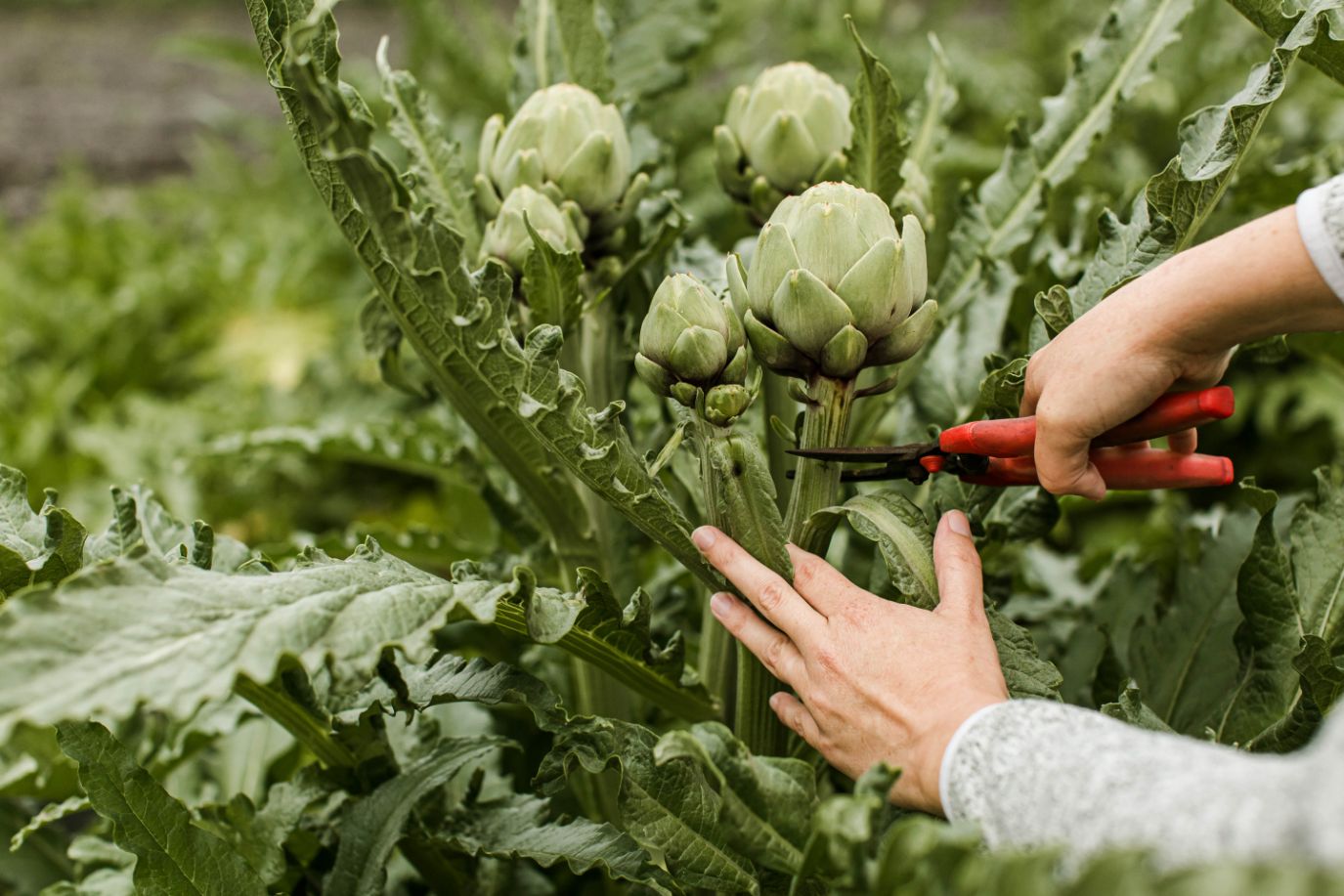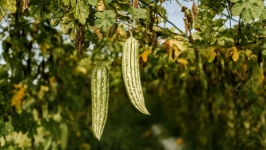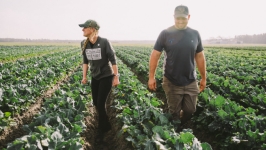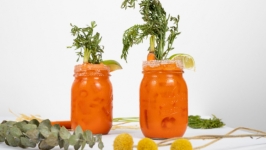Growing Artichokes in Florida
A humble thistle with a prickly periwinkle bloom may be Northeast Florida’s next big food crop. Better known as artichokes, these thistles are being researched in Hastings at the UF/IFAS Agricultural Extension Center to determine which varieties and nutrient management methods perform best for production within the region. Resembling giant weeds the size of hydrangea bushes, the artichoke plants are being cultivated in coordination with local farmers and farmers markets as part of a project to assess if this culinary delight can be part of the region’s crop rotation. Alternative crops are a major part of the trials the St. Johns County government is funding at UF/IFAS, and the agricultural team is always on the lookout for something new and different to explore. Four years of trials have proven that artichokes can be grown in the region. But will people buy them, and most importantly, enjoy cooking and eating them?
Globe artichokes (Cynara scolymus) are not a commonly grown crop in Florida or on the East Coast in general. California produces 99% of the market supply, as that state’s growing conditions are similar to the Mediterranean environment where the plant is indigenous. Artichokes, along with other crops like chicory and endive, are in the Asteraceae family. They have a preference for cool and dry winters and a moderate tolerance for salty soils, meaning North Florida may be an ideal place to grow them. The time between transplanting seedlings to the first harvest is generally five months, and the harvesting season runs four to six weeks starting in early March.
Local farmers primarily cultivate potatoes and are familiar with the process used to harvest that crop, which requires large equipment to dig up the rooted vegetables. Artichokes, however, have different requirements for harvesting: the individual globes are cut off each stalk with hand pruners or large knives, taking care to avoid the prickly buds and leaves. The globe, which contains the fleshy heart that’s harvested and eaten, is composed of a series of flower buds or bracts, which means the edible part is an underdeveloped flower. And those “leaves” you dip in melted garlic butter? They are actually the bracts surrounding a flower, similar to a poinsettia’s bright red “petals.”
If left to bloom, the globe becomes a vivid purple flower that is attractive to bees and other pollinators. This year the team at UF/IFAS is partnering with area beekeepers to install hives in the fields to cultivate and test the flavor of artichoke honey. Another focus of the research is to evaluate the artichoke’s potential for the cut flower industry. While artichoke flowers are often used in bouquets on the West Coast, they are hard to come by in Florida. These long-lasting blooms seem to be appealing to pollinators and florists alike.
In 2020, visitors to the St. Augustine Amp Farmers' Market were given a preview of the trial artichoke crop, complete with a taste test. Over 80 visitors evaluated the six varieties on aesthetics, taste and texture and provided feedback on which they would purchase. Green Queen and Colorado Red Star were tied for the top choice, and that feedback helped determine the variety for the 2021 season’s trial. Research has shown that Green Queen has produced the greatest yield; being a fan favorite gives it a further leg up.
Even though a plant may grow well locally, it would be a nonstarter if it didn’t have an appealing taste. It’s important to consider that Florida-grown artichokes may have a flavor that differs from the more familiar taste of those grown in California, given the different soil and other growing conditions. Josh Smith, Executive Chef of Catch 27 in downtown St. Augustine, was one of the first to try out the new crop and was pleased with the outcome.
“The quality of the fresh local artichokes inspired a couple of new recipes for our spring menu,” says Smith. “The fresh, farm-to-table produce is a perfect pairing for our locally caught seafood. The artichokes have worked well in several dishes including our primavera pasta, tartar sauce and a Southern chow chow relish.”
Two local Italian chefs also commented that the artichokes from the trial reminded them of home. As we grow a Mediterranean crop in subtropical Florida, can you ask for a better compliment? Encouraging words indeed for those of us in agricultural research.















